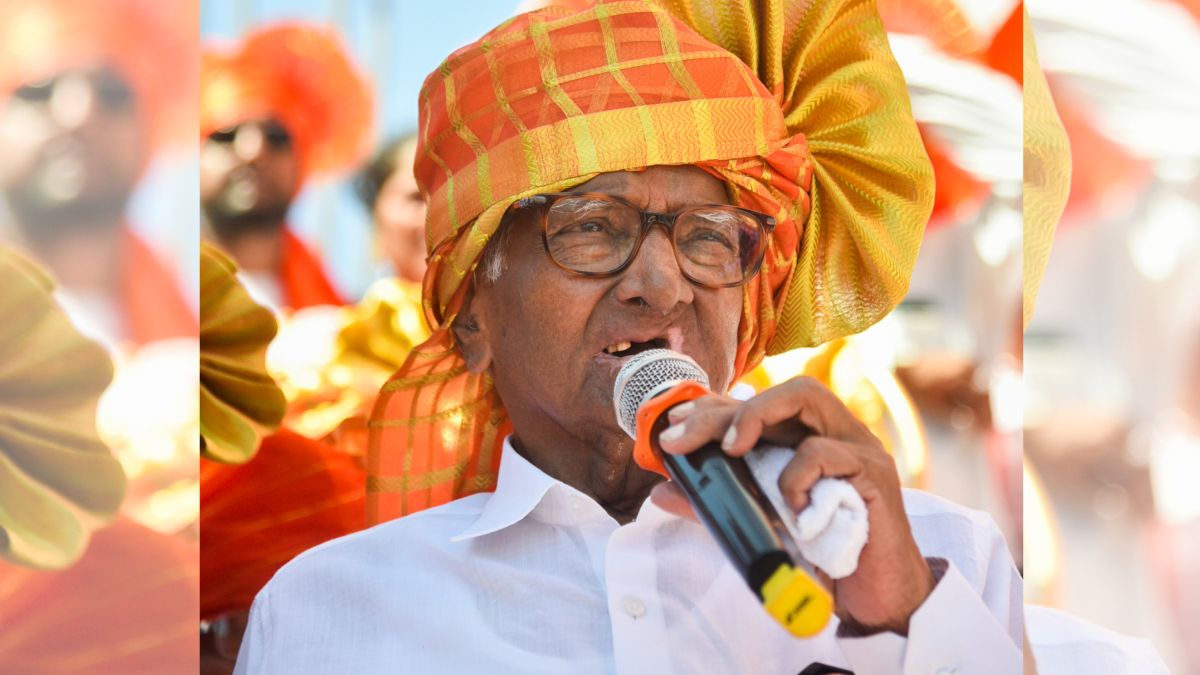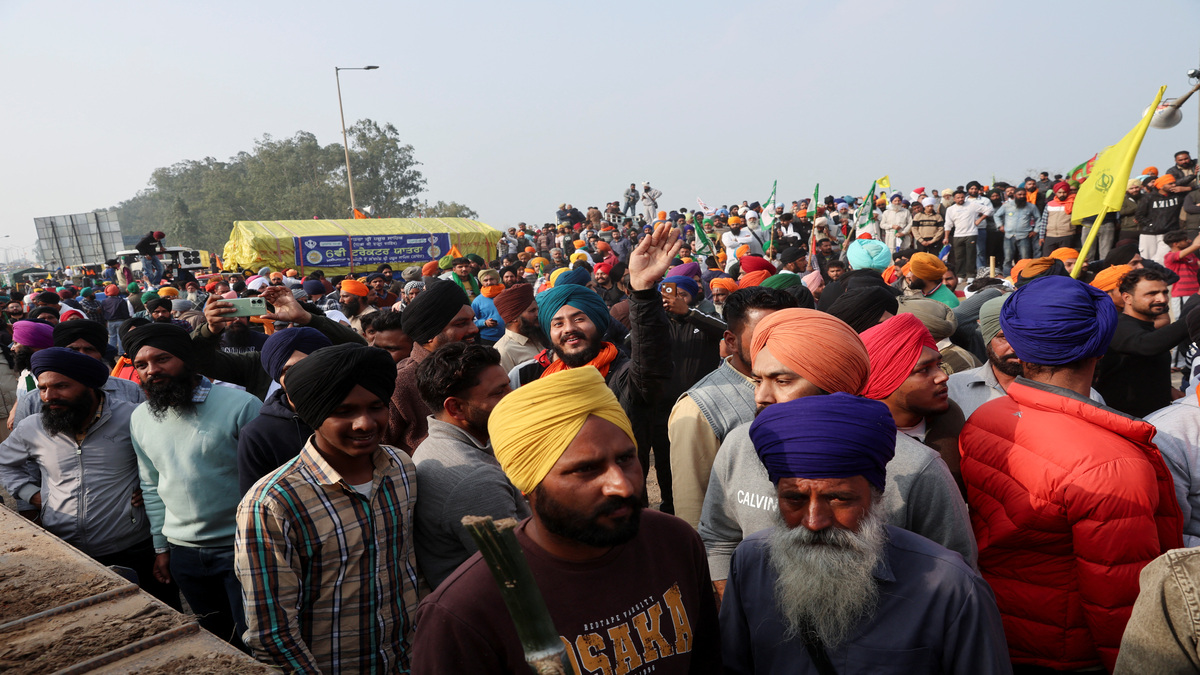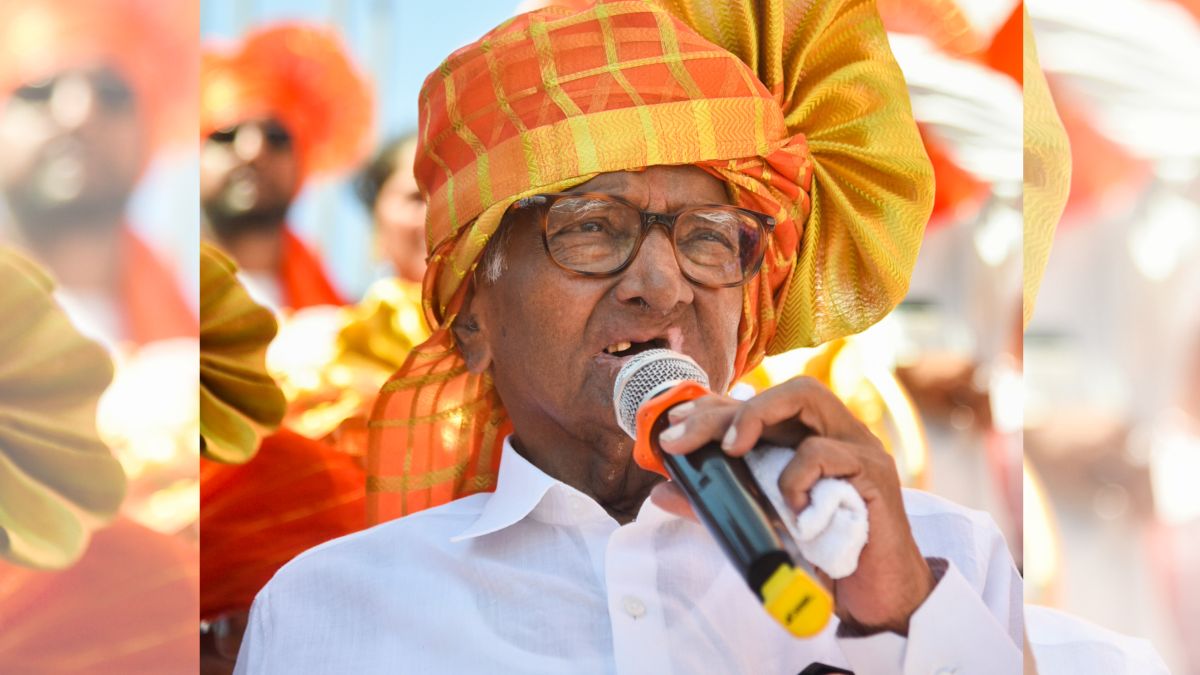In a move that evoked sharp reactions from many corners – including railway employees, the Opposition and social media – the Maharashtra government has decided to turn to the Indian Army for rebuilding the Elphinstone station bridge, a month after 23 people died in a stampede .
On Tuesday, Chief Minister Devendra Fadnavis announced that the army will help build a new foot overbridge at the station by 31 January. Defence Minister Nirmala Sitharaman and Railway Minister Piyush Goyal were present with the chief minister at the site as well.
He added that the army will also help in building foot overbridges at two other stations in Mumbai. Sitharaman said it was probably the “first time that the Army will come in to build what could otherwise be called civil work”.
Armed Forces to help in constructing 3 FOBs at Elphinstone Rd, Currey Rd & Ambivali Stations. Work to be done by 31 Jan’18 #MumbaiThanksArmy
— Piyush Goyal (@PiyushGoyal) October 31, 2017
“After a discussion with BJP Mumbai president Ashish Shelar on 6 October, we realised that there was an urgent need to develop passenger amenities at certain railway stations at the earliest. We have decided to utilise military precision to work on completing the work of bridges,” Goyal said.
Decision a ‘knee-jerk reaction’
While the railway minister came out in defence of the decision, many railway officials spoke out against the move as they felt that the ‘demoralising’ decision raised questions on their incompetence. The Railways, primarily a “department of engineers” who joined the transporter with degrees from IITs and other premier institutions, is competent and has the facilities to handle any crisis situation, a senior railway official was quoted by The Times of India as saying.
Terming the move a “knee-jerk” reaction by political leadership under popular pressure, an official quoted in the report said that the army brings “nothing extra” which the railways don’t have and the transporter has been handling restoration works for decades.
‘Deplorable and atrocious’
Opposition parties on Tuesday condemned as “deplorable and atrocious” the Centre’s decision to rope in the army to rebuild foot overbridges at three railway stations in Mumbai including one which witnessed a deadly stampede last month.
National Conference leader Omar Abdullah said it seems like the army is the “1st number on the speed dial” while Punjab chief minister Amarinder Singh, a former army captain, said the Centre’s decision was “unprecedented and deplorable”.
The @adgpi job is to train for war, not to be used for civilian works @nsitharaman ji. Don’t divert defence resources to civilian jobs(1/2).
— Capt.Amarinder Singh (@capt_amarinder) October 31, 2017
Senior Congress leader Sanjay Nirupam took a potshot at the BJP-Shiv Sena government in Maharashtra, saying, “Hope army will not be called to fill potholes.” Singh said the Centre’s move was “an admission of the failure” of the government and the Indian Railways.
Singh, who has served the army as a Captain before joining politics, said the army’s job is to train for war and protect the country’s borders, not to build bridges and clean the roads.
The army was to be a measure of last resort to be called upon in extreme emergency. Now it seems like it’s the 1st number on the speed dial. https://t.co/9e9hJOgDTY
— Omar Abdullah (@OmarAbdullah) October 31, 2017
Singh termed the move “atrocious”, and said the central and state governments should put their own resources at the disposal of the railways if the situation was so urgent and serious.
“It is an unprecedented decision to rope in the Indian Army for rebuilding the Elphinstone bridge and it is deplorable and admission of failure of the government and Indian Railways.”
“Whatever the urgency of the situation, it does not merit such a decision, which would have adverse long-term implications as it could encourage the civilian authorities to seek army help for major civilian works every time they find themselves ill-equipped to handle infrastructural or other challenges,” he said in a statement in Chandigarh.
Calling Army to make a bridge in Mumbai underlines failure of Corrupt #ShivSenaBJP ruled #BMC.Hope army wl not b asked to fill potholes here https://t.co/BKj5nwoCBH
— Sanjay Nirupam (@sanjaynirupam) October 31, 2017
According to a report in The Indian Express , a defence official suggested that the Army need not have been called in for this project.
“In almost all cases so far, where the army has been used to make bridges in civilian areas, it was either because these were far-flung and inaccessible areas or the bridges were temporary in nature, as at the Kumbh. And these were emergency situations where relief is needed in days, not weeks. This case is different, largely because it is in Mumbai and the Railways has the resources, the engineering capability and the wherewithal to make a permanent bridge,” said the official.
China digs 1100-km tunnel to divert Brahmaputra. Our PM inaugurates flyovers, 2 ministers call Army to build Elphinstone pedestrian bridge
— Shekhar Gupta (@ShekharGupta) October 31, 2017
A Firstpost piece had argued earlier that condoning such a cavalier attitude towards the forces sets a dangerous precedent: ‘To be so cavalier about men in uniform is a dangerous precedent and reflects just the sort of attitude on civilian streets that says: they are doing nothing in peacetime, put them to work. If they do not train in peacetime when will they train… in war?’
The decision has nothing to do with the dignity of labour, it said.
‘It is a simple stance: this is not their job. Sending in the forces to a disaster area to help rescue and save people is a noble cause but to pick up garbage and engage in labour is not acceptable.’
Twenty-three people were killed, and dozens injured after a stampede ensued on a foot-over-bridge during the early morning rush at Elphinstone Road station in September. The tragedy took place amid rain in the city when the foot-over bridge was heavily crowded. Police suspect a short-circuit with a loud sound near the foot-over bridge led to panic and people started running, resulting in the stampede.
After the stampede, railway officials posted police personnel to manage the crowd on busy platforms, evicted hawkers from suburban train stations and started speeding up infrastructure projects on suburban network.


)




)
)
)
)
)
)
)
)